Fruits to Ring in the New Year
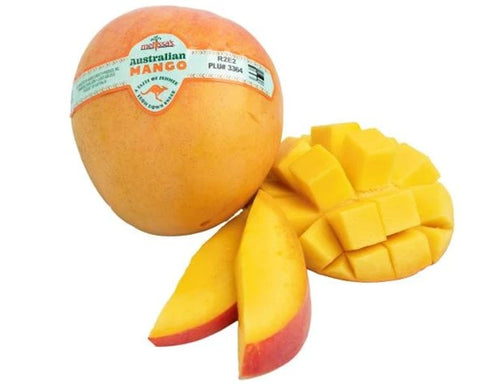
Australian Mangos
Mangos are the number one consumed fruit worldwide. Australia has some of the most delicious mangoes in the world! These mangoes are grown in the Australian tropics and have irresistibly sweet flesh that’s silky smooth with a firm texture—perfect for eating out of hand and cooking! Mangos are an all-around, good-for-you fruit. Packed full of vitamin C with about 200 calories per fruit, mangos help you feel full because they are a good source of fiber. Enjoy them thru January.

Melissa’s Elefante Green Gold™ Pineapples
These white flesh pineapples are low-acid, and full of sweet, juicy fruit. Native to West Africa, these pineapples are beautiful green on the outside, and are longer and thinner than Hawaiian pineapples. They have an edible core and are perfect sliced for desserts, garnishes and platters.
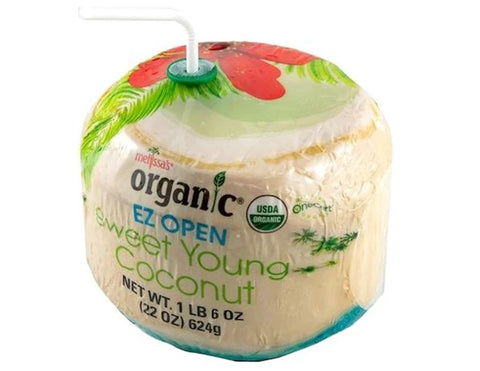
Melissa’s Organic EZ Open Coconuts
Melissa’s Organic EZ Open Coconuts are oh so refreshing and thirst-quenching. Each coconut contains healthy coconut water filled with natural electrolytes and potassium. Did we mention they are easy to open? On top of each coconut, there is a pull tab to remove, then a green tab you “punch” down into the coconut, and, lastly, you remove the protective label and insert the straw that is included to enjoy your fresh coconut water. Try this fun, healthy coconut instead of your usual electrolyte drink after working out. You’ll be glad you did!
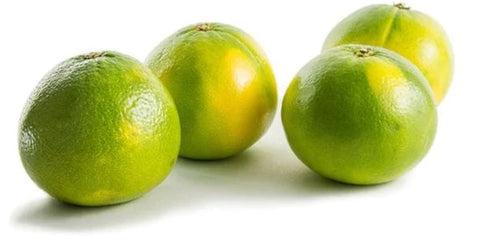
Cocktail Grapefruits
Melissa’s Cocktail Grapefruits are deliciously sweet, juicy, and less acidic than classic grapefruit. They are hand-picked in the Central Valley of California. While you can enjoy them like you would a grapefruit, this variety has lots of seeds and is especially known for its juice. Like all grapefruit, Cocktail Grapefruits are only 60 calories per serving and very high in vitamin C.
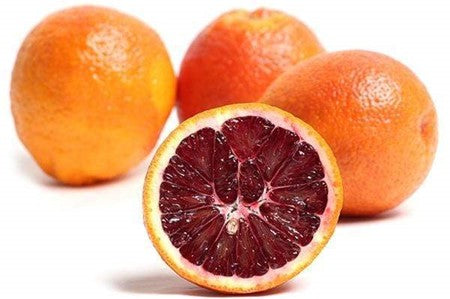
Blood Oranges
Melissa’s Blood Oranges are currently grown in California. These sweet oranges get their name because of the red juice that turns the flesh, and sometimes the rind, a deep “blood” red. The juice is delicious and often served in fine restaurants instead of regular orange juice. Most blood oranges are seedless, but some varieties contain seeds.
Blood oranges are an excellent source of vitamin C. They are best when kept in the refrigerator and eaten within several days of purchasing.
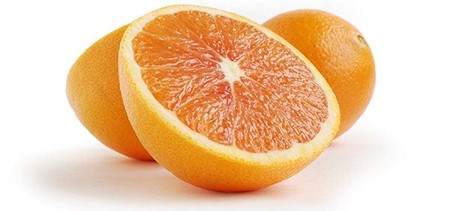
Cara Cara Oranges
Cara Cara oranges are juicy, pink navel oranges. They have a deep pink-orange flesh with sweet cherry and grapefruit undertones. They are a seedless variety, making them very popular among mothers with small children. They are great for snacks, lunchboxes, salads, garnishes, or on-the-go treats. They are packed with vitamin C, making them great for the cold season. Cara Cara oranges are one of the best oranges of the season.
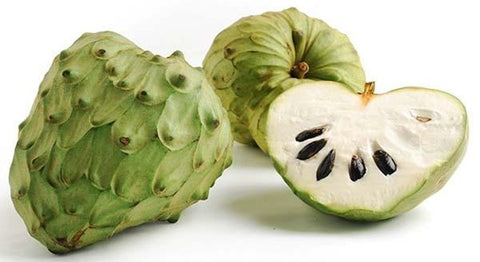
Cherimoyas
Also called Custard Apple or Custard Fruit, this delicious heart-shaped fruit is a delicacy in the exotic fruit arena. They are a hand-pollinated fruit, which makes them a time-consuming commercial crop. However, since they are grown in so many areas now, supply is not a problem. The flesh of the cherimoya is cream-colored with large, black, inedible seeds. They have a flavor similar to a blend of strawberry, mango and pineapple. To eat one, simply cut it into wedges and spoon out the creamy flesh, discarding the seeds. They are generally eaten as-is, but they can also be used in drinks, fruit salads or desserts.
Cherimoyas should be kept at room temperature until ready to eat and can be stored in the refrigerator for a few days after ripening. Cherimoyas are also a source of vitamin B and fiber.
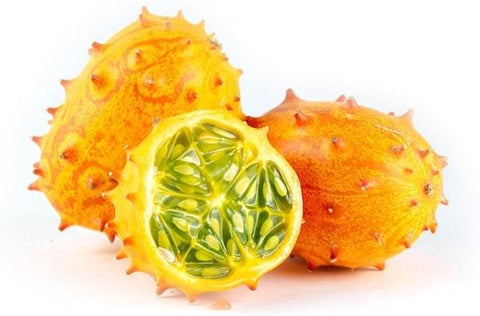
Kiwano Melons
Also known as the African Horned Melon, this very interesting piece of fruit features a lime green, jelly-like interior that has the texture of a cool cucumber. The taste is a subtle combination of cucumber, banana, melon and lime. The outer shell is spiky and golden-orange in color, and is often used as a serving dish filled with fruit salad, dip or other recipes. Kiwano melons are also used to create exotic tropical drinks or delicious sauces for seafood, poultry and vegetables.
Kiwano melons last for several weeks without refrigeration. Once they “give” to the touch, they are ripe and ready to eat. Do not store them near apples or bananas since these fruits will shorten their shelf life.
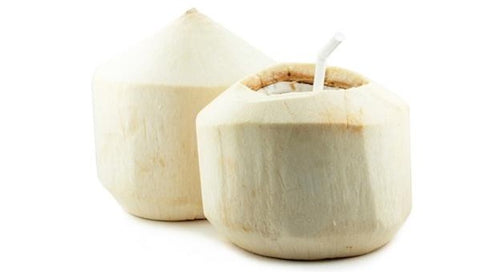
Sweet Young Coconuts
Melissa’s delicious Sweet Young Coconuts are a fun way to enjoy the tropical flavor of coconut! These young coconuts don’t have the hard husk of mature coconuts, making them popular for snacking and cooking. The refreshing water in the coconut is often used in exotic drinks, curry dishes, or even by itself for a delicious treat. The inner flesh of a sweet young coconut can be easily scooped out to eat as a snack or to use in recipes. It is wonderful in salads, soups or desserts.
Sweet Young Coconuts are very perishable, so it is important to keep them refrigerated. They are available year-round and should last about two weeks in the refrigerator.

Strawberry Papayas
Melissa’s Strawberry Papayas are the sweetest, most flavorful of all papayas. They are beautiful green on the outside with a salmon-pink inner flesh. They are very fragrant and juicy. Strawberry papayas are delicious when cut in half and the flesh scooped out; they taste great in fruit salads, tropical drinks, or even grilled. Papayas also make a delicious marinade as they can help tenderize meat. Try them sliced for breakfast or scooped over ice cream for dessert— any way you eat them, you will love them!
Strawberry papayas are available year-round. They can be stored at room temperature to ripen, then moved into the refrigerator until ready to eat. They are an excellent source of vitamin C and contain only 50 calories per cup.
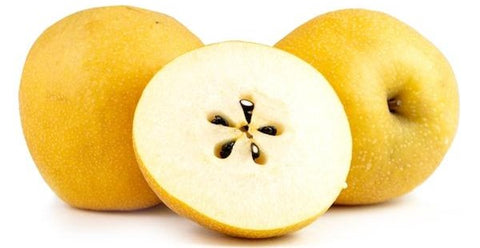
Asian Pears
Asian pears are thought to be a cross between an apple and a pear, but they are actually closely related to the pear. There are hundreds of varieties of Asian pears available today, making them available just about all year long. They are firm and crunchy with plenty of quenching juice. Asian pears are great on fruit platters, in salads, pies and desserts, or wherever you’d use an apple.
Most Asian pears will last about 30-60 days when refrigerated, but eating them as soon as possible is always best. Store them in the refrigerator wrapped carefully so they will not bruise. Most Asian pears are handpicked and individually wrapped to prevent any bruising when shipping. Asian pears are a good source of vitamin B and potassium. They are also low in calories (about 44 per 3-ounce), making them the perfect snack.
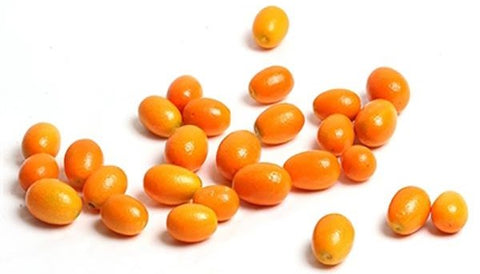
Kumquats
Originally introduced in the mid-19th century to the U.S., this ancient fruit has been familiar in Japan and China for thousands of years. These tiny citrus fruits are bright orange and shaped like an egg. They are completely edible: their sweet, thin rind offsets the tart flesh. Great as a snack or even candied, kumquats are generally available year-round with a few gaps in growing regions.
Kumquats are best when kept refrigerated. They should have bright skin with no blemishes. They are very low in calories and have about 50 calories in a 3 ½- ounce serving. They are also an excellent source of vitamin C.
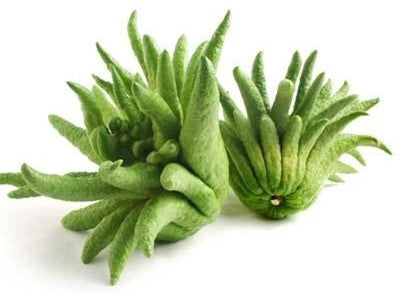
Buddha’s Hand
The Buddha’s Hand citrus is a very unique fruit. Known as fo-shou in China and bushukan in Japan, the impressive Buddha’s Hand has a disputed history. Scholars cannot agree whether Buddhist monks carried it from India to China around the fourth century AD or if it naturally developed in the Yangtze Valley from another citron variety. It is a symbol of happiness, longevity, and good fortune. It is very fragrant and has several “fingers” growing up from the base. This citrus fruit is generally used for the rind only and can be substituted in any recipe that calls for lemon. It is often given as a gift during the Lunar New Year.

